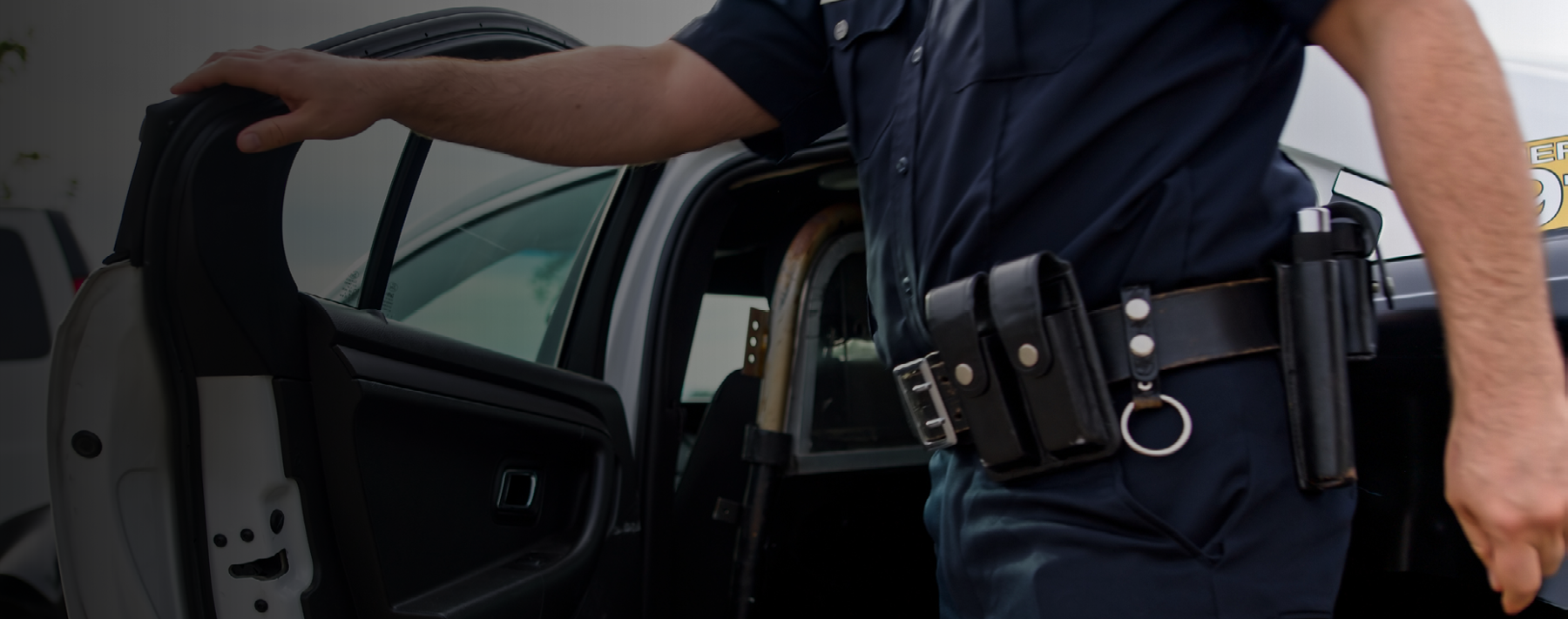United States v. Trice, 2020 WL 4188041 (6th Cir. 2020)
Officers observed a confidential informant make three controlled heroin buys from Raheim Trice. The first deal was done in a liquor store parking lot: Trice arrived as a passenger in a car registered to Cradonda Dominique Trice and left in the car after the drug deal. The second deal took place in a parking lot near the registered address for Cradonda Trice’s car. Officers watched Trice walk out the back door of an apartment building to the parking lot and consummate the drug deal.
Officers determined Trice lived in apartment B5 of the building and placed a smoke detector with a hidden camera in the hallway opposite his apartment. The officer entered the apartment building through the front door, which was ajar and had no lock, intercom or doorbell.
The confidential informant arranged for a third deal with Trice. The camera captured images of Trice leaving his apartment just before walking to the nearby parking lot to complete the drug deal. The camera also showed Trice returning immediately after the deal. Using this information, officers obtained a search warrant for his apartment. The search revealed significant amounts of methamphetamine, crack cocaine, powder cocaine, heroin, digital scales and packaging material.
Trice argued that the officers intruded on the curtilage of his home. The court quickly conceded that the officers’ placement of a camera on curtilage would violate the Fourth Amendment.
Trice challenged the search warrant issued for his apartment, asserting that the camera intruded on his expectation of privacy. (Note: Trice was not attuned to the Supreme Court’s shift back toward a property rights/trespass analysis of the Fourth Amendment. He made no explicit property rights claim in this case, so we’re not addressing it here.) As a review, courts consider several factors in assessing whether a subjective expectation of privacy is “reasonable.” The factors include “(1) whether the defendant was legitimately on the premises; (2) his proprietary or possessory interest in the place to be searched; (3) whether he had the right to exclude others from the place in question; and (4) whether he had taken normal precautions to maintain his privacy.”
The court rejected Trice’s claim that his expectation of privacy was reasonable. Simply put, the hallway was open to all. There was no lock or other access-control device on the front door. Anyone could walk into the building and go directly to Trice’s front door.
Trice also argued the officers intruded on the curtilage of his home. So, in a roundabout way, he did get to the property rights issue. The court quickly conceded that the officers’ placement of a camera on curtilage would violate the Fourth Amendment, citing to the Supreme Court rule in Florida v. Jardines (569 U.S. 1 (2013)).
However, even this argument proved unsuccessful for Trice. In United States v. Dunn (480 U.S. 294 (1987)), the U.S. Supreme Court described four factors to consider when determining whether an area falls within the curtilage: (1) the proximity of the area to the home; (2) whether the area is included within an enclosure surrounding the home; (3) the occupant’s uses for the area; and (4) the steps taken to protect the area from observation by passersby. The appellate court held the first factor tilted in favor of Trice, but the remaining three factors clearly weighed against him. Most importantly, the hallway was a commonly used area. The court concluded the officers had lawfully used the hidden camera to record what they could have seen from the publicly accessible hallway.
This blog was featured in our Xiphos newsletter, a monthly legal-focused law enforcement newsletter authored by Ken Wallentine. Subscriptions are free for public safety officers, educators and public attorneys.



